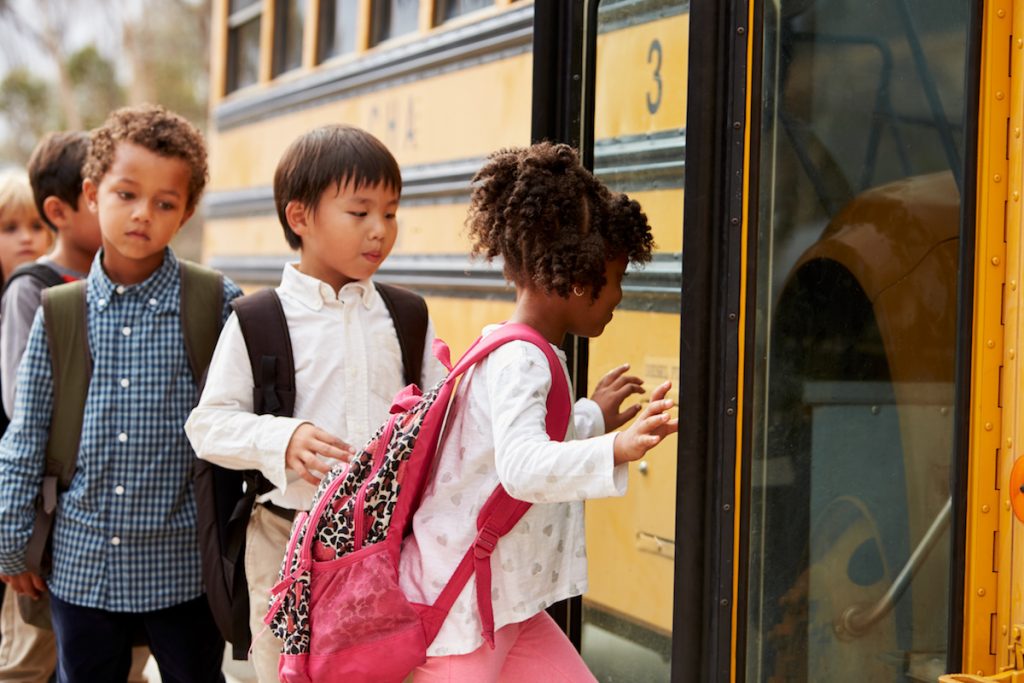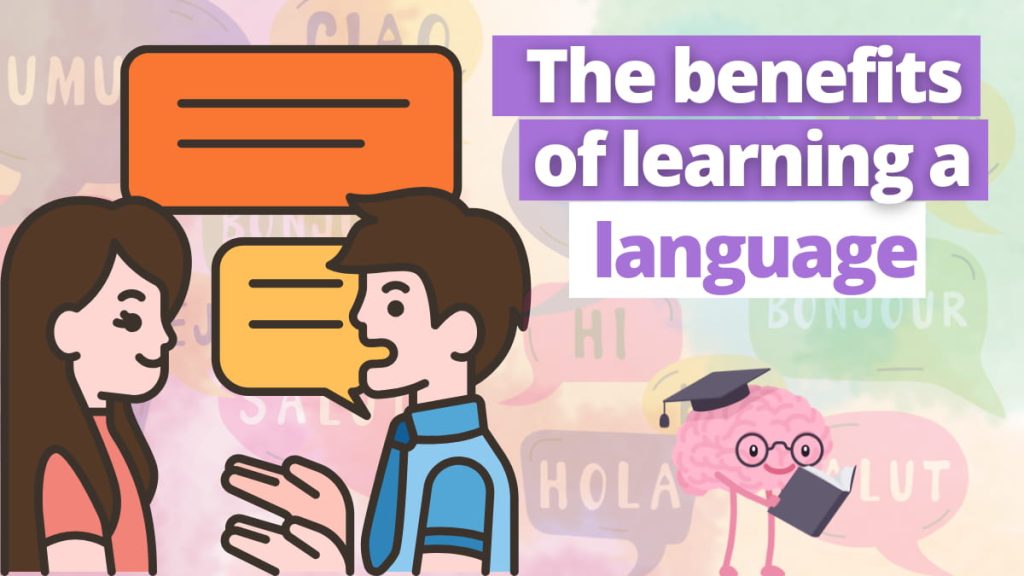In this interview, Sandra describes some of the ins and outs of a Costa Rican school day.
Subscribe to our YouTube Channel to see all of our lessons and get the latest videos right away!
First, she gives an overview of a typical school schedule, starting at 7:00 am. Generally, students have two forty-minute lessons, followed by a 5-10 minute break, and another two lessons. Then, students have lunch and a 15-20 minute recess. Students who attended school that morning typically leave around 12:35, and the second cycle of students arrive to start their school day around 12:40 until about 5:40 at the latest. These cycles alternate each day, meaning that a student might attend school in the mornings Monday, Wednesday, and Friday and will attend school in the afternoons Tuesday and Thursday. The reason for this is the physical space available in a school building and capacity of classes. Within a school day, a student has both academic classes as well as arts and physical education/sports classes. Arts classes may range from sculpture to home economics. We also discussed the fact that having a national religion, Catholicism, means that Costa Rican public schools offer religion classes. Of course, not all children in Costa Rica practice Catholicism, so Sandra explains that a parent may ‘opt out’ of religion classes for his or her child, meaning that the child may work on other tasks or use the school library during that time.
I then ask Sandra about a topic that seems to be growing in importance in the US, which is social-emotional learning (SEL), and whether or not this is a large focus in Costa Rican education.
She explains that schools offer classes called orientación, taught by what we would call a guidance counselor. These orientadores help students navigate conflicts or social-emotional challenges. She says that what has grown in popularity in Costa Rican schools lately is aprendizaje por indagación, or inquiry-based learning, and teachers are currently receiving specialized guidance and training in this area.
We end our conversation by discussing the role of special education in Costa Rican schools.
Sandra explains that public schools offer adecuaciones, or accommodations, for students with learning differences. These can range from minor adjustments to the learning environment or materials, to more significant changes to the curriculum or learning objectives. While most public schools employ a special education teacher, it is typically the responsibility of the general education teacher to deliver these accommodations in his or her classroom, according to the learning plan of the student. She mentions that schools also have what is called el equipo itinerante, a team that consists of a psychologist, a social worker, a special education teacher, and a general education teacher who work with teachers to develop these learning plans and design appropriate instruction and accommodations for students. This closely resembles a child’s Individualized Education Plan (IEP) Team in the United States. When it comes to additional services, speech or occupational therapists travel from school to school to deliver these services to students who need them. Sandra notes that there are also specific special education schools in Costa Rica, as in the United States, should a student require more significant support that a public school cannot provide. These come at no cost to families, allowing students of all socioeconomic backgrounds access to services. Throughout this conversation, it was interesting to note the many similarities and differences between the US and Costa Rican education systems!





Pingback: Culture and Education: Educational System in Costa Rica
Pingback: Culture and Education: Private vs Public Education in Costa Rica